A tap dance is performed by wearing purposely made shoes with taps to produce an audible, rhythmical tapping of the toes and heels. Originally, the tap dancers used to wear soft shoes, and the hard taps evolved gradually though the use of the leather sole followed by wooden and then metallic taps. The metallic taps too have undergone changes in the method of attaching them to the shoes and the nature of the metals like some specially developed alloys. The origin of the tap dance is traceable to the African dances like the Juba dance. The African slaves in America were not allowed to practice their culture and customs. They were not even allowed to use their hands and arms prominently during the dance; therefore, they were constrained to make use of their steps. To conceal their African identity, they mixed their dances with other dances like the English Lancashire, clog dancing, and particularly the Irish step dancing. The slaves were not allowed to perform solo, though later on they did perform solo. During these initial stages in the mid-1800s, the slang term ‘Hoofers’ was used for such tap dancers
1. Bill Robinson
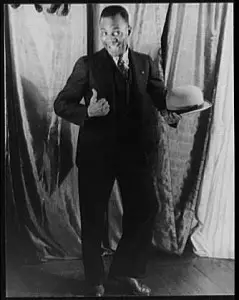
Bill ‘Bojangles’ Robinson was born to Maxwell and Maria Robinson in Richmond, Virginia on May 25, 1878 and died in New York City, New York on November 25, 1949 at the age of 71 years. As a hoofer or busker, this street performer started dancing at the early age of five years old and soon dropped out of school. At the age of 12 he joined the South before the war in a traveling company and worked with the vaudeville team. At the age of 25, he was a famous figure on Broadway, but it is interesting to note that until he was 50 years old, he performed exclusively for the black audience. He is best known for his performance in the 1930s movie Shirley Temple and the 1943 musical Stormy Weather. Although he earned more than $2 million in his lifetime, he died penniless. In 1987, Bill Robinson was inducted into the National Museum of Dance of
Mr. & Mrs. Cornelius Vanderbilt Whitney’s Hall of Fame.
2. Jimmy Slyde
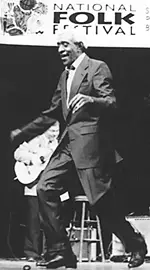
Jimmy Slyde was born on October 2, 1927 in Atlanta, but his family later moved to Boston, and he was raised there. He died on May 16, 2008. He was a world famous American tap dancer commonly known as the King of Slides. At the age of 12 years old, he started learning tap dancing at The New England Conservatory of Music. He formed a duo with Stanley Brown and performed throughout the U.S. in the late 1940s and early 1950s. After 1960, he performed for 6 years in Europe. He performed in many movies including: The Cotton Club, Tap, and Round Midnight. He was nominated for a Tony Award for his debut in the musical Black and White. He received the National Heritage Fellowship Award, the Charles Honi Coles Award, and an honorary Doctorate of Performing Arts from Oklahoma University.
3. LaVaughn Robinson
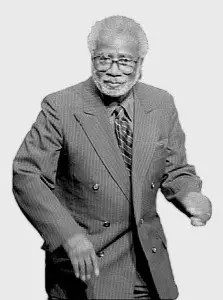
LaVaughn Robinson was born on February 9, 1927 in Philadelphia, USA and died there on January 22, 2008 at the age of 80 years. He was a famous American choreographer and a gifted tap dancer. He graduated from Benjamin Franklin High School in Philadelphia. He was awarded the National Heritage Fellowship in 1989, and the National Endowment for the Arts commented on the occasion, ‘In performance, Robinson stresses the vernacular origins of tap grounded in community tradition and honed by generations of tap masters.’ He joined the Philadelphia College of Performing Arts and taught there for 20 years.
4. William Henry Lane
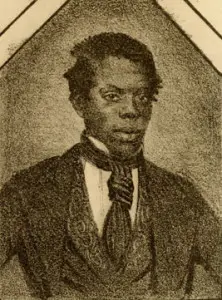
William Henry Lane, better known as Master Juba, was born of free parents. He hailed from Providence, Rhode Island and later lived in New York’s Five Point District. It was a slum where free black people lived along with Irish and other black people. In the environment of saloons, brothels, and dances, the Irish and black people and their dances mixed to evolve innovative types of other dancing styles including the tap dance. Charles Dickens viewed and mentioned a spirited dancer in America. His book showed an illustration of the dancer which is identified as William Henry Lane depicted as Juba. He was one of the foremost black tap dancers who performed on stage before the white audience.
5. John William Sublett
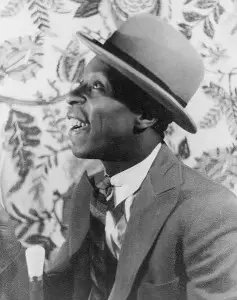
John William Sublett, better known by his stage name John W. Bubbles, was born in Louisville, Kentucky on February 19, 1902 and died in New York City, New York on May 18, 1986. He was a renowned American vaudeville performer, singer, and tap dancer. In 1919 he partnered with Buck forming the Buck & Bubble duo. He was the first black artist to appear on television on November 2, 1936. Unlike Bill Robinson, he merged the tap dancing with jazz. While speaking at the Variety Arts Theater in
Los Angeles, someone asked him, ‘Who is the best dancer?’ He replied, ‘You are looking at him.’ Adding afterwards, ‘Honestly, if I had to name the best dancer, it would be Fred Astaire. He could tap. He had a good teacher. But he could ballroom dance with a partner. All in all, he’s the best.’
6. Brenda Bufalino
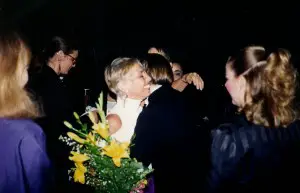
Brenda Bufalino was born in a musical family in Swampscott, Massachusetts, USA on September 7, 1939. She started learning tap dance at the age of 5 years old and started taking formal rhythm tap lessons at the age of 15 at Stanley Brown’s renowned show business school in Boston. She persuaded tap masters like Bill Robinson, Pete Nugent, and Jimmy Slide to conduct workshops and master classes for tap dance. She is known for founding the American Tap Dance Foundation. She received many prestigious awards including a NYFA Fellow, Folbert Award, and the Tapestry Award.
7. Charles Coles
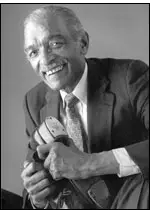
Charles ‘Honi’ Coles was born to George and Isabel Coles in Philadelphia, Pennsylvania on April 2, 1911 and died in New York City, New York on November 12, 1992 at the age of 81 years. He was inspired by the master tap dancers of his time like Bill ‘Bojangles’ Robinson and John Bubbles whom he had seen performing on stage. He was 6’2’ tall, and his fast tap dance impressed the viewers. Commenting on his elegant dance Lena Horne said, ‘Honi makes butterflies look clumsy. He was my Fred Astaire.’ Coles was honored with the Capezio Award for Lifetime Achievement in 1991. He had also received the National Medal of Arts. He was inducted into the International Tap Dance Hall of Fame a year before he died.
8. Savion Glover

Savion Glover was born in Newark, New Jersey, U.S. on November 19, 1973. He is a famous American tap dancer, choreographer, and actor. He has learned from the old masters of the previous generation and wants to revive the tap dance in the prevalent African-American culture and to revive the African roots of tap. Glover was inspired by Gregory Hans of whom he said, ‘Savion is possibly the best tap dancer that ever lived.’ His grandmother, Anna Lundy Lewis, minister of music at New Hope Baptist Church in Newark, played for Whitney Houston when she sang gospel choir. In 1996, Glover received a Tony Award for Best Choreography for ‘Bring in da Noise, Bring in da Funk.’
9. Jason Samuels Smith
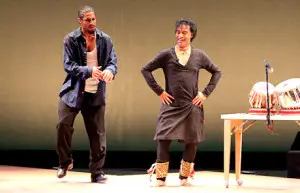
Jason Samuels Smith is an American tap dancer and choreographer. He was born to professional performing arts parents Sue Samuels and Jojo Smith in New York on October 4, 1980. He started learning about performing arts at an early age at Frank Hatchett’s Professional Children’s program, Broadway Center in New York City. He appeared in Sesame Street at the age of 15. He won an Emmy Award and the American Choreography Award for outstanding choreography. He is also the recipient of the President Kennedy Award and an Alpert McDowell Residency Award and a Gregory Hines Humanitarian Award.
10. The Clark Brothers
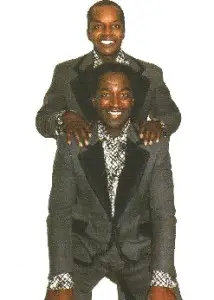
Steve Clark and his brother Jimmy Clark, better known as Clark brothers, were among the most famous tap dancers of their time. They started their careers at the age of 15 and 17 respectively. Frank Sinatra advised them to move to Britain which saved their careers. The Clark brothers performed for King George VI and became favorite tap dancers in the Working Men’s Club. They founded the University of Show business in London where people like Cliff Richard and Bonnie Langford had been students.
Conclusion:
Tap dance, among other dances, is like syncopation within a dance. Syncopation is the placement of an unexpected rhythmic stress or accent to create a deliberate disturbance to break monotony and revive interest. The importance of tap dance is just undeniable considering the fact that in 1989, the U.S. Senate and House jointly declared through a resolution the National Tap Dance Day to be on May 25 in remembrance of Bill Robinson’s birthday. President George Bush signed it into law.










July 4, 2013 11:57 pm
I am learning about famous black Americans that I never knew existed.
DB